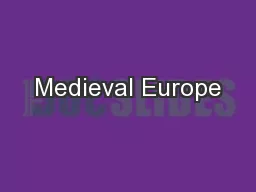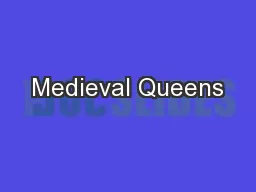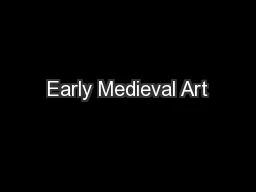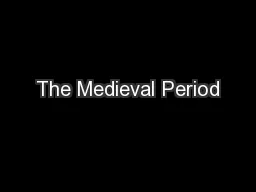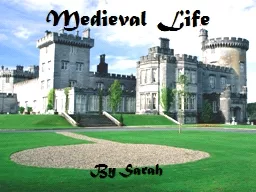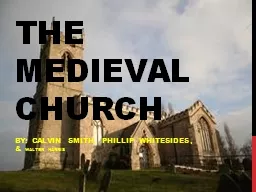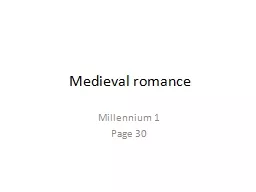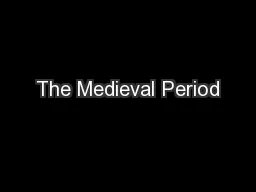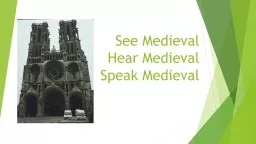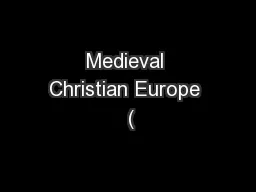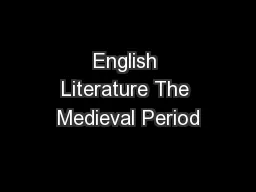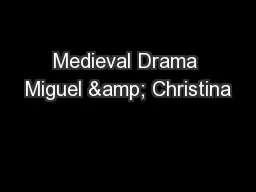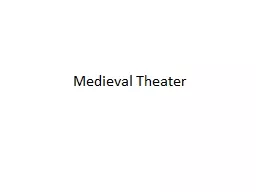PPT-Medieval Europe
Author : kittie-lecroy | Published Date : 2017-10-07
Chapter 6 Timeline Create the timeline foldable by following the teachers directions Write one date for each box then fill in a significant event from that date
Presentation Embed Code
Download Presentation
Download Presentation The PPT/PDF document "Medieval Europe" is the property of its rightful owner. Permission is granted to download and print the materials on this website for personal, non-commercial use only, and to display it on your personal computer provided you do not modify the materials and that you retain all copyright notices contained in the materials. By downloading content from our website, you accept the terms of this agreement.
Medieval Europe: Transcript
Download Rules Of Document
"Medieval Europe"The content belongs to its owner. You may download and print it for personal use, without modification, and keep all copyright notices. By downloading, you agree to these terms.
Related Documents

